When Ellen Ochoa gazed at the sky from her home in California, she never imagined that one day she would see it from the other side, floating among the stars. The daughter of American parents and granddaughter of Mexican grandparents from Sonora, Ellen grew up in a hard-working family that valued education and perseverance. Her story is living proof that talent and determination know no boundaries or stereotypes.
From music to physics: the first steps of a pioneer
During her childhood, Ellen excelled in both mathematics and music. Her skill with the flute led her to participate in bands and orchestras, and for a moment she considered pursuing a career in music. However, science ended up winning her heart. Inspired by her mother, Rosanne, who studied biology while raising her children, Ellen realized that women could also make their way in the most challenging fields.
This is how her academic journey began: she studied physics at San Diego State University and later earned her master’s and doctoral degrees in electrical engineering at Stanford University, specializing in optics. Her talent led her to develop three patents in optical systems and publish several scientific articles. But most importantly, she was laying the groundwork for a future that would literally take her out of this world.
The leap to the stars: the first Latina in space
Ellen joined NASA in 1988 as a research engineer at the Ames Center, where she worked on optical information processing systems. But her real adventure began in 1991, when she was selected as an astronaut. Two years later, in 1993, she made history by becoming the first Latina woman to travel into space, aboard the shuttle Discovery during the STS-56 mission.
During that mission, Ellen operated the shuttle’s robotic arm, deploying a satellite that analyzed solar radiation and its effect on Earth. It was a monumental achievement, not only for her, but for an entire generation of young Latinas who saw in her feat a new possibility.
But her career didn’t stop there. She participated in three more missions: STS-66 in 1994, STS-96 in 1999—the first docking mission with the International Space Station—and STS-110 in 2002. In total, she accumulated nearly 1,000 hours of space flight, serving as a mission specialist, cargo commander, and flight engineer. From operating robotic arms to maneuver satellites to collaborating on scientific research, Ellen was a key player in the advancement of modern space exploration.
Breaking barriers at NASA
After years of service, Ellen Ochoa took her leadership beyond space missions. In 2013, she was appointed director of NASA’s Johnson Space Center in Houston, becoming the first Latina and second woman to hold that position. From that position, she led the U.S. manned flight program and oversaw some of the agency’s most important milestones, such as the first test flight of the Orion spacecraft, extended missions to the International Space Station, and the preparation of new generations of astronauts to travel aboard commercial capsules.
During her five years at the helm of the center, she promoted policies of innovation, inclusion, and efficiency, seeking to adapt NASA to an increasingly technological and collaborative world. Her leadership also strengthened the role of women and minorities within space programs, marking a turning point in the agency’s organizational culture.
Educator, inventor, and science advocate
Beyond space, Ellen Ochoa has always believed in the transformative power of education. Throughout her career, she has dedicated time to promoting access to STEM (Science, Technology, Engineering, and Mathematics) careers, especially among girls and young people from underrepresented communities.
Aware of the importance of role models, Ellen has inspired thousands of students through talks, books, and educational materials. She has even written a collection of bilingual children’s books—in English and Spanish—dedicated to each letter of the word STEAM (which also includes the Arts), to bring science closer to the youngest children. Her goal is clear: to show that curiosity, discipline, and passion can break down any barrier.
A legacy that continues to shine
For her outstanding career, Ellen has received numerous awards, including the Presidential Medal of Freedom, the NASA Exceptional Service Medal, and the Hispanic Heritage Leadership Award. She has also been inducted into the Astronaut Hall of Fame, the U.S. Government Hall of Fame, and the International Air and Space Hall of Fame. In addition, several schools in different states across the country are named after her, honoring her impact on education and science.
Today, Ellen continues to share her experience as a speaker and board member of scientific and corporate organizations. Through more than 300 presentations around the world, she continues to inspire leaders, students, and dreamers to push boundaries and look beyond what is possible.
A Latina star who paved the way
Ellen Ochoa’s story is much more than a list of achievements. It is the story of a woman who defied expectations, broke cultural and scientific barriers, and proved that Latino excellence can also reach for the stars. From the halls of Stanford to the vastness of space, her legacy continues to remind us that science needs more diverse voices, more curious minds, and more dreamers willing to look up.
Because thanks to pioneers like Ellen Ochoa, today we know that the sky was never the limit.


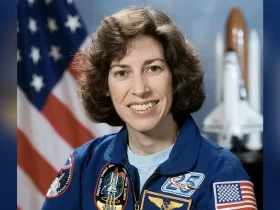
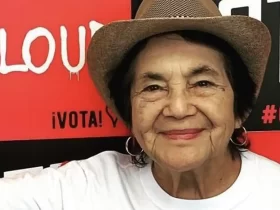
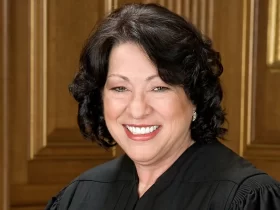

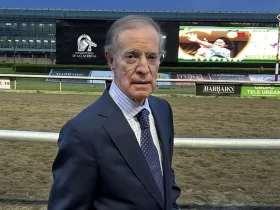
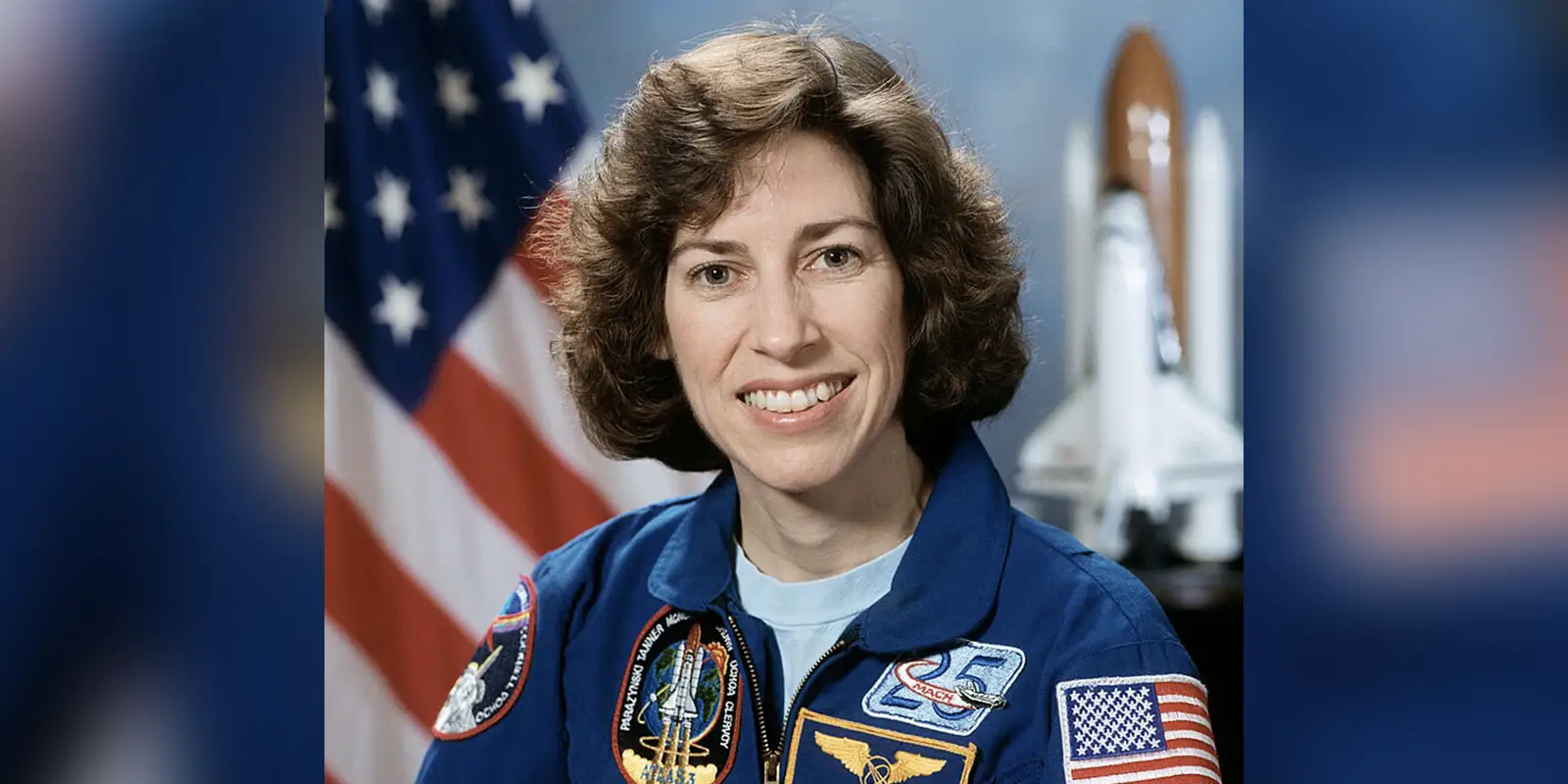












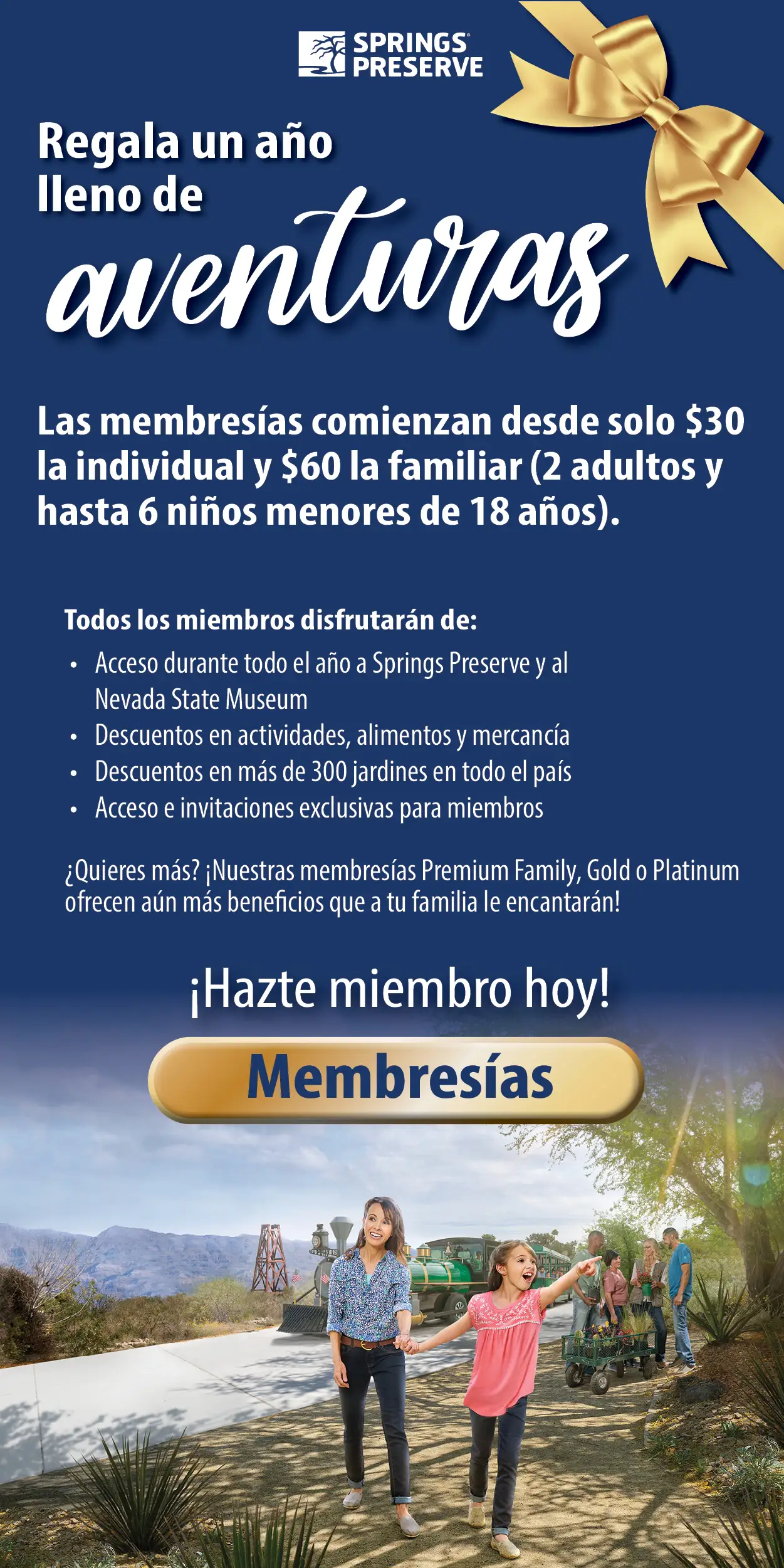












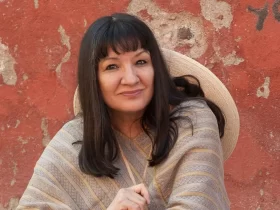

Leave a Reply